Keeping your food safe
Of all the environmental and health issues, food safety commands the most immediate attention from authorities when it is found that regulations have been violated. Recently in China, there have been several food safety scandals which have resulted in huge financial losses and reputational damages to the country and its food export sector. The climax occurred in July 2007 when it was reported that the former head of the State Food and Drug Administration, Zheng Xiaoyu, had accepted bribes in exchange for government food product safety licenses. He was subsequently executed in accordance with China’s official hardline stance on corruption. Before that, there were a number of scandals related to the food sector. Jinhua Ham was found to have been treated with a toxic pesticide prior to sale (2003); producing fake baby food that led to the death of some 80 children and hundreds of cases of severe malnutrition in 2004; And recently in 2008, the contaminated infant formula produced by Sanlu Group caused kidney disease with many victims.
The fact that the China Food and Drug Administration (set up in 2003 to control food safety issues) was itself the target of investigating corruption cases led to the resurgence of external audit standards for food safety in the country. Foreign importers from China do not trust Chinese national standards and demand that exporters adhere to international standards such as ISO 22000 which are checked by global certification bodies. Similar incidents occurred in Japan, most notably with dairy company Snow Brand, which was found to have falsified its food safety records in the wake of the tainted dairy products scandal in 2002.
Most states have governmental authority to manage these issues from production to sale to consumers. They advise on national legislation and provide food safety requirements for both locally produced and imported goods. These include the UK’s Food Standards Authority, the US Food and Drug Administration, as well as the State Food and Drug Administration in China. At EU level, the European Food Safety Authority (EFSA) conducts food safety risk assessments in collaboration with national governments and provides independent advice and communication on current and emerging risks.
The HACCP (Hazard Analysis and Critical Control Points) guidelines published by the Food and Agriculture Organization of the United Nations are an essential part of the important food safety standard being developed by the International Standards Organization (ISO), ISO 22000. There are seven HACCP principles that must be followed. It requires food producers to conduct a pre-production hazard analysis to identify and address biological, chemical, or physical issues that make foods unsafe for human consumption; establish good safety control systems; and implement comprehensive documentation procedures. Application of HACCP principles and procedures is mandatory in the United States for food products including meat, juice, and seafood, and is generally applied elsewhere as a basis for third-party food safety certification.
As shown in the Chinese examples, food safety certification is crucial for food retail and international trade. Without it, producers and suppliers cannot sell their goods. There are significant business and reputational risks associated with how certification is obtained and you are advised to obtain certification to well recognized standards awarded by reputable external certification bodies.
ISO 22000 was launched in 2005, and it is already one of the best recognized international food safety standards. It provides food safety management systems to any organization, regardless of size, involved in any aspect of the food chain. To meet the standard, an organization must demonstrate that it can effectively control food safety hazards in order to ensure that food is safe at the time of human consumption. It incorporates the HACCP principles described above.
Before the ISO standard, a BRC (Confederation of British Rail) The Global Standard for Food Safety was created and trusted by the world’s leading retailers to deliver effective supply chain management and legal compliance. The global standard is part of the family of product safety standards, which together enable certification for the entire food supply chain, and was the first standard in the world to be certified by the Global Food Safety Initiative (GSFI).
Formerly called EurepGAP, GLOBALGAP sets voluntary “pre-farm” standards for the certification of agricultural products and Good Agricultural Practices. Standards are awarded by accredited external certification bodies in more than 75 countries. GLOBALGAP is a B2B brand and therefore not directly related to consumers.
Other leading standards, more on the ethical side of food production, are the US-based Food Alliance certification and SQF certification. Food Alliance certification is awarded to sustainable food products in North America covering issues such as humane treatment of animals, exclusion of hormones, non-therapeutic antibiotics, genetically modified crops or livestock, and certain pesticides as well as soil and water protection at the on-farm level.
The SQF (Safe Quality Food) certification is awarded by authorized certification bodies globally and provides independent certification that the supplier’s food safety and quality management system complies with international and local food safety regulations. SQF certifications have been awarded to thousands of companies operating in Asia Pacific, Europe, the Middle East, North and South America.
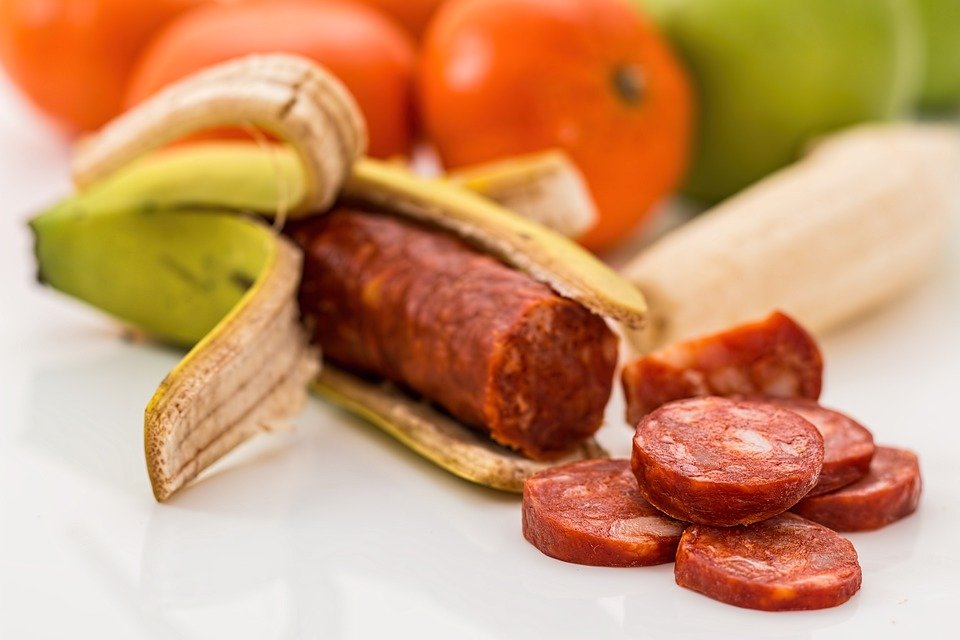

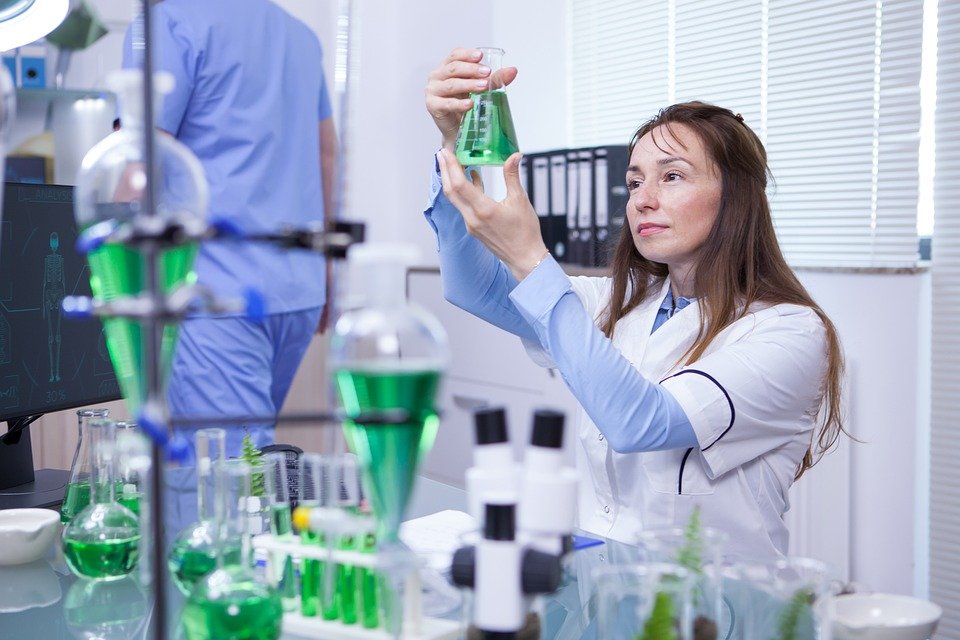

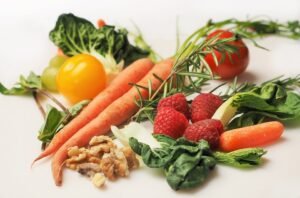


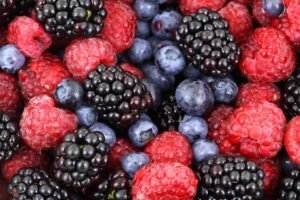
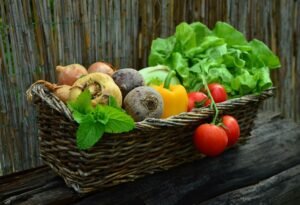
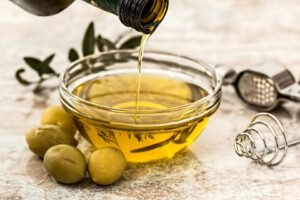



Post Comment